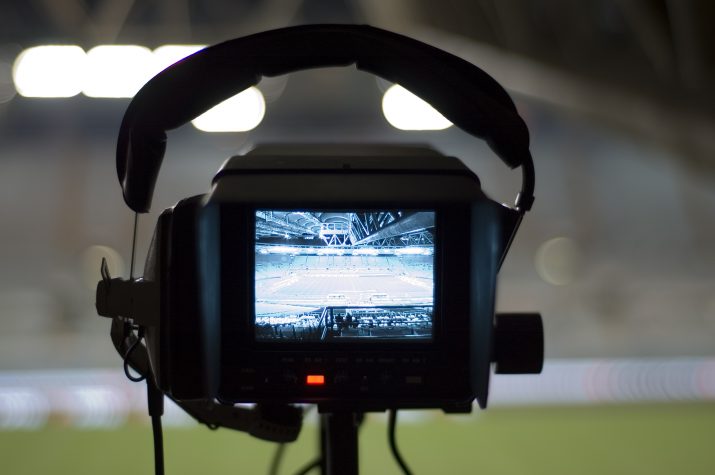Quantum White Paper: University Sports-Video Production Wins With Scalable Storage
New demands, higher resolution increase the challenges
Story Highlights
Video production for college and university sports programs is an operationally intense, complex, and demanding undertaking. Although broadcast TV networks produce much of the game-time content for tier-one schools, most universities with video-production departments oversee the creation and management of in-game content for big-screen displays, scouting and training video, recruiting and promotional pieces, and documentary and highlights packages gleaned from archival content. Working with more content than ever and at higher resolutions than ever, university production teams are facing the same kinds of storage challenges that affect broadcasters and post facilities.
Meeting New Demands on All Sides
 While the video-production team is responsible for providing video that coaches and athletes can use to assess and improve their performance, it also must meet fans’ demand for compelling content and the university’s need for high-quality promotional material. Much of this content is acquired and produced in high definition (HD), but the increasing availability — in terms of cost and accessibility — of 4K is opening the door to far more computationally demanding formats. A school’s storage solution must possess the ability to easily and cost-effectively scale both capacity and performance to make the grade.
While the video-production team is responsible for providing video that coaches and athletes can use to assess and improve their performance, it also must meet fans’ demand for compelling content and the university’s need for high-quality promotional material. Much of this content is acquired and produced in high definition (HD), but the increasing availability — in terms of cost and accessibility — of 4K is opening the door to far more computationally demanding formats. A school’s storage solution must possess the ability to easily and cost-effectively scale both capacity and performance to make the grade.
Many production teams routinely create video for an arena or stadium’s big-screen display, as well as for delivery to the smartphones of fans sitting in the stands or connecting remotely via social media. Now they can also consider virtual reality (VR) and 360-degree immersive video. With its power to engage viewers and its unique degree of interactivity, immersive content is a natural fit for sports production. Although it presents exciting new opportunities to offer premium content, such as a virtual seat at the 50-yard line, behind the plate, or at half-court, immersive video also ups the ante in terms of storage requirements.
Scaling Up To Survive
Often dealing with multiple feeds of high-resolution content and large media files, video-production departments find that their workflows demand flexible capacity and performance that are possible only with a robust, scalable storage infrastructure. Scalability allows production facilities to accommodate a growing number of projects with increasingly large file sizes, and it enables them to preserve those files — and more of them — without compromising their accessibility.
Accessibility is vital, because most sports-video workflows are collaborative in nature. Speed is of the essence, and production-team members must be able to access content quickly and easily, whether files were recently ingested into a production system or stored years ago in a tape archive. For coaches and athletes, the video captured on digital cameras must be edited and distributed for viewing on everything from tablets to large HD displays. For promotions and other re-monetization and revenue-generation opportunities, relevant content must be quickly identified, accessed, and prepared for delivery.
Looking Ahead to AI
Scalable capacity and performance are key characteristics of the storage infrastructure being implemented by university sports-video–production teams to meet the requirements and expectations coming from all directions, but there is more to consider.
Advances in media technology — and particularly in the application of new technology to media — are bringing the power of artificial intelligence (AI) to sports production, and significant benefits can make AI an attractive and worthwhile investment at the university level.
With a rich visual archive from past competitions, the production team has access to countless historical, commercial, and teachable moments that add immense value to any finished piece. Performing transcription, facial recognition, object detection, and more, cognitive engines driven by AI extract metadata that makes it easy for production teams to quickly find and use the perfect images at the perfect time.
Thanks to the rapid pace at which media technology is evolving, this is an especially exciting time to work in sports production. At the university level, the right storage infrastructure can provide a strong foundation not only for conventional production tasks but also for new techniques and technologies that transform the way sports content is created and experienced.
